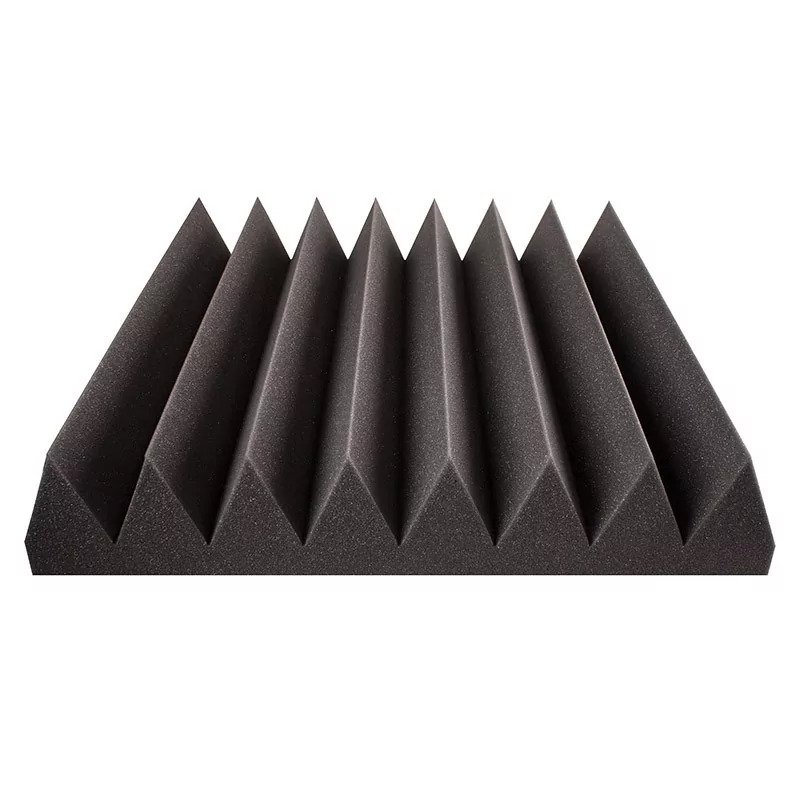I get a lot of questions on if I can “do” sound sweetening,Filmmaking – Make Your Movie Sound Like A Real Movie Articles usually by frantic filmmakers, calling in the middle of the night. They are frantic because the sound in their movie or video is bad.
They’ve used a cheap mic, plugged into the camera, or worse, have used the on-camera mic.
They had a friend aimlessly point the mic at the floor, or the sky, anywhere but at the actor muttering his lines, and moved the mic randomly during shooting.
Some, from the sound of it, have pointed the mic directly at the whirring camera, or rumbling electric generator, or humming air conditioner, or buzzing fluorescent lamp. They’ve bumped the mic against the wall, or the ceiling, or trees or bushes. They’re far away from what they’re recording, not even in the same vicinity. There’s so much “room sound,” you can barely hear the actor mumbling along.
So, the Sound Guy (whoever they can get for a few minutes – usually a well-meaning person with no experience) turns up the level too far, which just makes the sound distort horribly, or too low, which buries the good sound in the mud.
Sound Editing adds more mistakes, and compounds the problem.
The filmmaker has the equipment, and wants the film to be good.
You’d think he’d read a book on the subject. You would be wrong.
He chops the sound when he chops the picture, and that’s it. He doesn’t split it into tracks, or replace bad sound, or finesse the tracks, or otherwise spend time exerting care and craft on his precious film’s soundtrack.
Essentially, when he’s done shooting and cutting and laying music, he thinks he is done, without spending the minimum of time and care and money it takes, to have a good sound track. So the filmmaker shows his movie, with its bad sound, to lukewarm audience reaction. Ouch!
People don’t know why the movie is bad, actually. Not one in ten can recognize “bad sound,” they just think the movie stinks. If the filmmaker is very, very lucky, somebody will tell him the sound is bad. Otherwise, he has no clue.
He’s disappointed, but he still wants to maybe fix it. Somebody says “sweetening” the sound will help. So he comes to me. He wants to know if bad sound can be fixed. I have to tell him the bad news – no.
At this stage, unless he has a great deal of time and money, and is willing to start completely over and take the proper care, nothing can be done.
Bad sound is the product of negligence. If you spend the time and care, from the beginning, there is no reason for your film or video sound to be bad.
You’ve probably seen many commercial movies with good sound, so why doesn’t your movie sound like them? You probably don’t really know how a good movie sounds, and what effort went into making them sound good.
Take some time, and actively listen. After a while, you’ll notice what a good movie sounds like. I was very lucky when I was starting out. I read a book by Ivan Watson from England, who spelled out precisely what it takes to record and edit and mix good movie sound.
You can still find “Uncle Ivan’s” books, either online, http://snurl.com/brbu or at your library. If you haven’t read any filmmaking books, you need to. Get going!What can you do to make your movie track sound less like a video, and more like a real movie?
Maybe a better question is, “Why does video sound so bad?” I think that’s a fair question, because frankly, most video sound, (all elements music-dialog-effects), sucks. I’ve heard exceptions, so I know it’s not just the video itself.
Film does sound very different than video, I am certain of that.
Real movies are rich-sounding, with Panneaux de mousse acoustique only the sounds and music that move the story along. Video, even shot by filmmakers who should know better, often is tinny and muffled, with thumps and noise on the tracks.
How is film sound different from video? Making a movie sound like a movie starts with the production sound.
Film sound is recorded on analog machines (yes, they still exist), or on cool new 96Khz/24bit sampling recorders.
Mini-DV camera sound is uncompressed 48Khz/16bit sampling.
That’s better-than-CD audio quality, but camera makers save money by using cheap audio circuits in most under-$5k video cameras. Cheap-and-dirty analog-to-digital circuits add noise and distortion to your high-quality mic’s crisp analog sound.

The best video camera sound I’ve found is on the Panasonic DVX-100A. Its audio section is good as most DAT or solid-state flash memory recorders. Shooting with one is like recording on a separate digital recorder.
Film sound is recorded with a midrange bump, and an EQ raise above 6KHz.
6KHz is the high end of the human voice. “Midrange” is around 2.5KHz. The film sound “EQ raise” at 6KHz increases dialogue intelligibility and perceived crispness.
In video, sound is recorded without pre or post EQ. Video sound also usually uses inferior mics to those used in film sound. Film sound mics have a cleaner sound, and flatter response, sounding better than the mics used to record video sound. They are highly directional (rejecting extraneous noise).